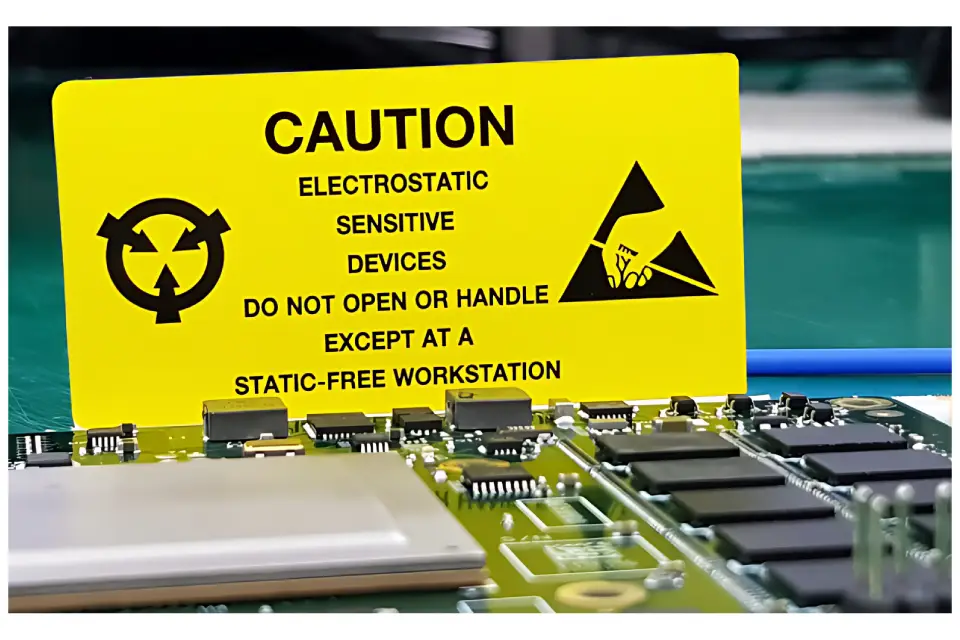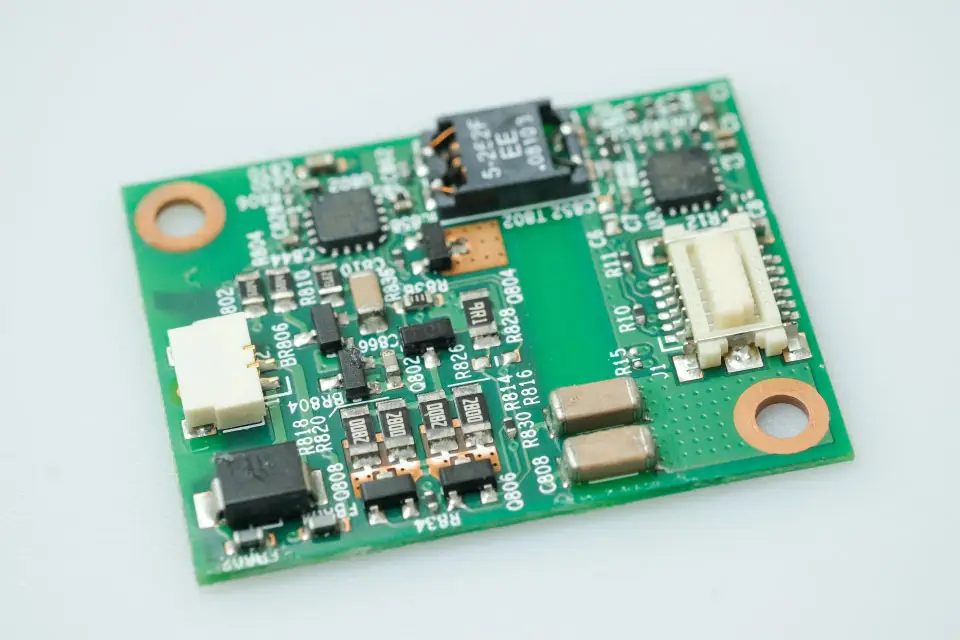In the ever-evolving landscape of electronics, the threat of Electrostatic Discharge (ESD) looms large. As technology advances, devices become smaller, more sensitive, and consequently, more susceptible to the damaging effects of static electricity. We will explore the current state of ESD awareness and prevention, shedding light on ESD prevention techniques that can help safeguard your electronic components and devices.
Understanding the Effects of Electrostatic Discharge
Before delving into ESD prevention techniques, it’s crucial to understand the effects of ESD. Electrostatic Discharge occurs when two objects with different electrical potentials come into contact and equalize their charges. This seemingly harmless event can wreak havoc on electronic components, leading to malfunctions, data loss, or even permanent damage. As devices become more intricate and miniature, the tolerance for ESD diminishes, making prevention strategies more critical than ever. The hidden threat of ESD demands continuous innovation in prevention methods to keep pace with the dynamic landscape of electronics.
Watch an introductory video of ESD, from our latest course, Electrostatic Discharge (ESD) Basics.
The Evolving Face of ESD Prevention
Traditionally, ESD prevention involves measures like grounding straps, anti-static mats, and protective clothing. While these methods still hold value, ESD prevention techniques go beyond the basics, incorporating cutting-edge technologies and innovative approaches, such as the seven listed here.
1. Smart-Packaging with ESD Protection
One of the emerging trends in ESD prevention technique is the integration of smart-packaging solutions. Manufacturers are exploring packaging materials embedded with ESD protection features. These materials not only shield the components during storage and but also provide real-time monitoring of ESD conditions. Smart-packaging alerts stakeholders if the environment becomes prone to electrostatic discharge, enabling timely intervention.

2. Nanotechnology-Based ESD Protection
Nanotechnology is making significant strides in various industries, and ESD prevention is no exception. Nanomaterials with unique electrical properties are being incorporated into protective layers for electronic components. These nanocomposites not only enhance the mechanical strength of protective coatings but also exhibit superior conductivity, redirecting and dissipating static charges effectively.
3. Simulation and Testing Advances
Preventing ESD is not just about physical measures, but also about predicting and understanding potential risks. Advanced simulation and testing technologies allow engineers to create virtual environments to assess how electronic components might behave under different ESD scenarios. This proactive approach enables the refinement of designs to enhance inherent resistance to electrostatic discharge, reducing the reliance on external protective measures.
4. Internet of Things (IoT) in ESD Prevention
The integration of IoT devices in ESD prevention is a revolutionary development. Smart sensors placed strategically in environments prone to electrostatic discharge can continuously monitor conditions. This real-time data can then be analyzed using machine learning algorithms to predict potential ESD events. By leveraging the power of IoT, preventive measures can be implemented precisely when and where they are needed, minimizing the risk of damage.
5. Quantum-Based ESD Protection
The field of quantum mechanics is garnering attention for its potential applications in various technological domains. Quantum-based ESD protection is on the horizon, where the unique properties of quantum materials are harnessed to create ultra-efficient ESD barriers. This futuristic approach could revolutionize how we safeguard sensitive electronic components.

6. Adaptive ESD Prevention
Imagine an ESD prevention system that adapts in to the changing conditions of its environment. Adaptive ESD prevention involves the use of intelligent algorithms that continuously analyze the surroundings and adjust protective measures accordingly. This proactive and dynamic approach could significantly enhance the reliability of electronic devices in unpredictable scenarios.
7. ESD-Resilient Materials
Challenges in Implementing the Latest ESD Prevention Techniques
While the latest ESD prevention techniques appear to be effective, their widespread implementation faces several challenges. The cost of adopting new technologies, compatibility with existing manufacturing processes, and the need for industry-wide standards are some of the challenges that must be overcome. As the importance of ESD prevention continues to grow, addressing these challenges becomes imperative.
Protecting the Future of Electronics
Staying current with the latest prevention techniques is not just a recommendation; it’s a necessity in our technologically-driven lifestyles. The fusion of smart technologies, nanomaterials, IoT, and advanced simulations is shaping a future where electrostatic discharge is not only mitigated, but proactively managed. Whether you’re a seasoned engineer, a tech enthusiast, or someone who simply wants to protect their electronic devices, embracing and advocating for the latest ESD prevention techniques is a shared responsibility. As we continue to unravel the complexities of electrostatic discharge, let’s stay vigilant, informed, and prepared to unleash the full potential of electronics without fear of the invisible threat of ESD.
Learn more with the THORS course, Electronic Discharge (ESD) Basics, today!


